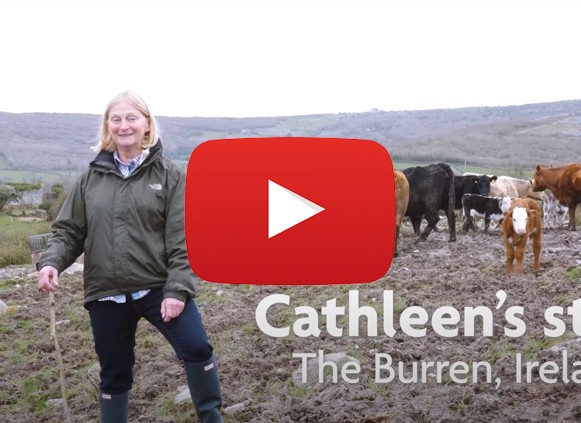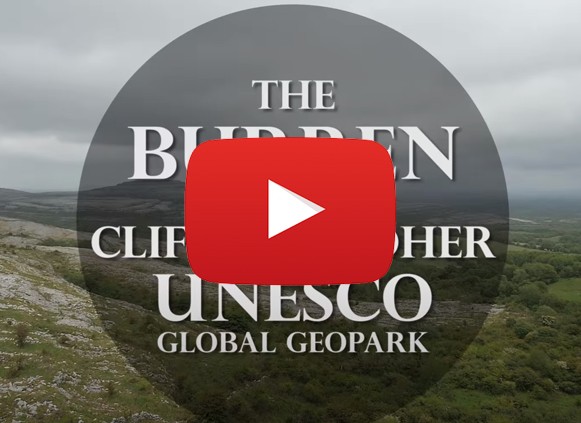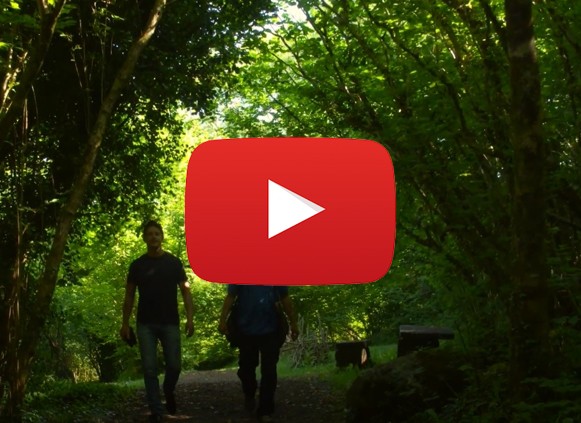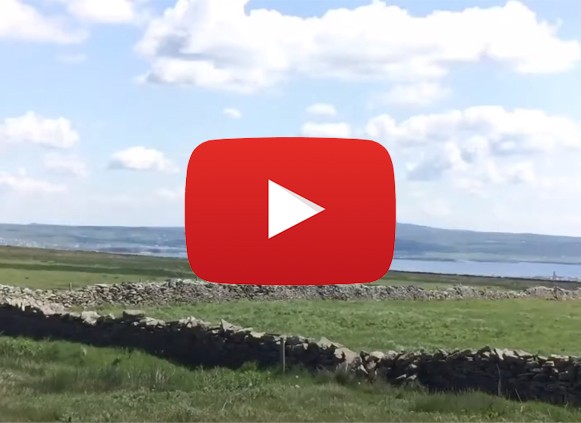Late Mesolithic Gourmets
A rescue excavation was carried out at a shell midden in Fanore More, Co. Clare, during September and early October 2009.
Shell middens were cooking areas used from the Mesolithic to Medieval and even early modern times. The evidence at Fanore dates from the late Mesolithic and is the earliest discovery in Co Clare, confirming the presence of humans a few generations prior to the arrival of the first farmers in the Burren (c.5,500 years ago).
The shell midden was discovered in October 2008 when a 7 metre long band of compacted seashells and some burnt/shattered stone became exposed by high tides during stormy weather. The rescue excavation was carried out so that as much information as possible could be saved before the midden material was lost through further erosion.
The post-excavation analysis is being done right now and will include a specialist report on the use of the stone tools and other chipped stone artifacts, and this, along with the radiocarbon dates from the shell and charcoal samples, should confirm how the shell midden relates to the prehistoric activities suggested by the stone axe that was found within the shells.
The midden is primarily made up of sea shells like periwinkle, dog whelk and limpet. Periwinkles are still in strong demand today. They are being sold on sea promenades, and people forage for them. Dog whelk is also edible, as are limpets. Limpets are the cone shaped mussels that seem to be glued to the rock – they are very hard to get off!
So our ancestors were very much gourmets when it came to their food. They foraged the shores for anything that was edible, maybe even seaweed though we would not be able to base such a statement on archaeological proof due to the material’s delicate nature.





